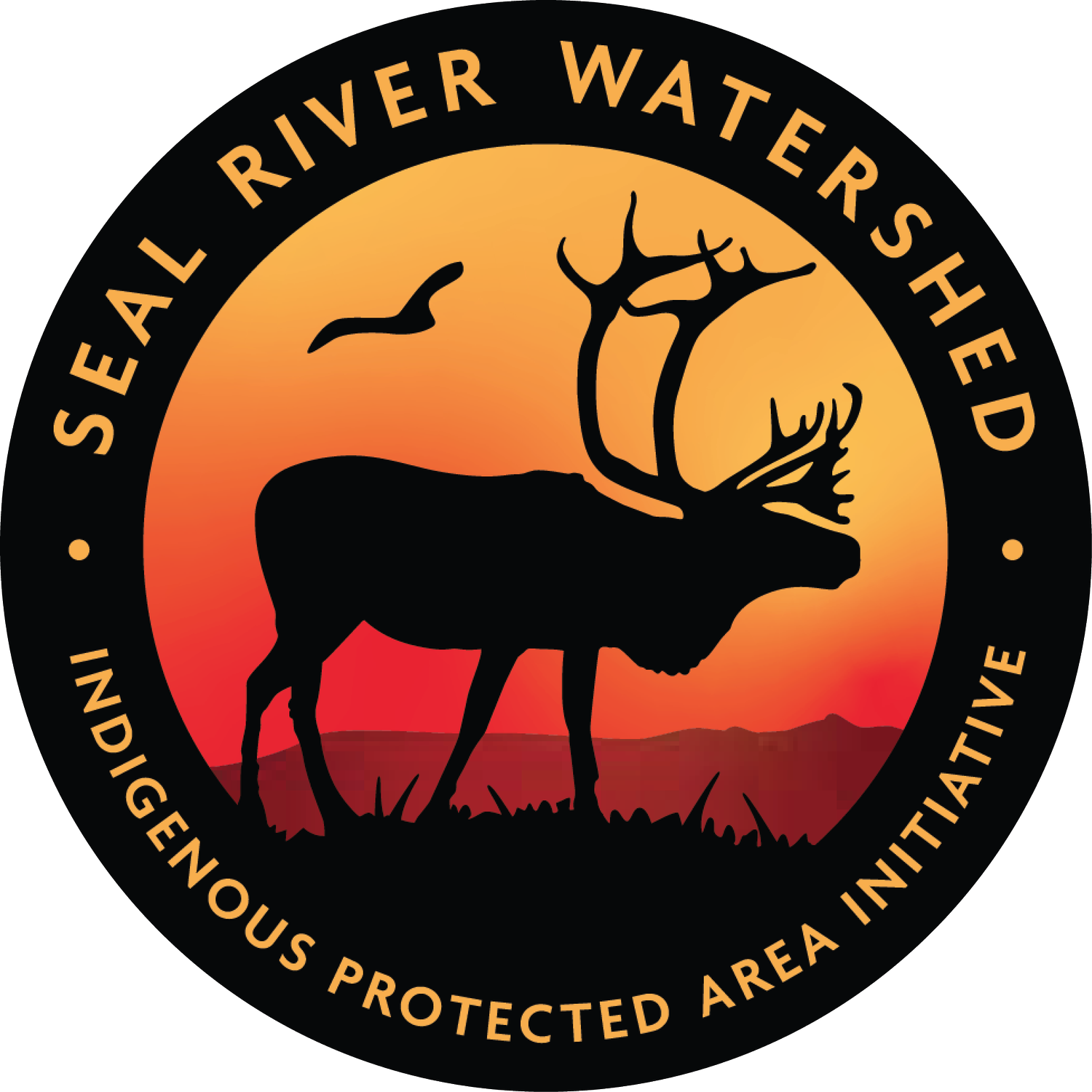
OUR TEAMThe Seal River Watershed Alliance (SRWA), a partnership of four First Nations working to create the Seal River Watershed Indigenous Protected Area in northern Manitoba. We envision a landscape where people, animals, fish, and cultures thrive and there is hope and abundance for all future generations.
Stephanie Thorassie
-
Stephanie is a member of the Sayisi Dene First Nation from Tadoule Lake, Manitoba, and is honoured to work on behalf of her community. Before becoming executive director of the Seal River Watershed Alliance, Stephanie served as the Director of Operations.
The Government of Canada’s relocation of the Sayisi Dene in the 1950s revealed the trauma that occurs when Dene people can’t practice their laws and be authentically themselves. A strong relationship with the land helps people heal and thrive, and Stephanie is humbled to be a part of sustaining connections to the land, culture, and caribou. She is committed to showcasing Indigenous knowledge and leadership on the land and creating opportunities for Indigenous youth to succeed in their communities.
Stephanie has a degree from the University of Manitoba, as well as a legal assistant diploma from Red River College. She is a student of her Dene language, hide tanner, jewelry maker, and caribou eater. She is also an avid gardener, growing bountiful harvests she shares with friends and family. Stephanie lives in Winnipeg with her partner and daughter and also lives part time in her community of Tadoule Lake.
Johnny Clipping
-
…
Napoleon Denechezhe
-
…
Philip Bighetty
-
…
Ross Moose
-
…
Justice Henderson
-
My name is Justice Henderson and I am an Ojibwe woman from Sagkeeng First Nation. Prior to working with Seal River Watershed Alliance, I worked in Human Resources with the Assembly of Manitoba Chiefs and Island Lake First Nation Family Services. Having a Business Administration Diploma/Marketing Major has helped prepare me for taking on the administration work for the project.
Although I wish I could work more hands on with the Watershed, I am very honoured to be a part of the Alliance. Creating an Indigenous Protected Area is crucial for our future generations and our ecosystems, while the land is pristine and in near perfect condition. The amount of life and beauty the Watershed holds is truly magnificent, and to play a part in pursuing the protection of the land is a grounding and humble experience.
In my free time, I enjoy being outdoors and snowboarding in the winter. I have a passion for baking, trying out new hobbies and spending time with my family and friends.
Jordan Stensgard
Keisha Wastesicoot
-
Description text goes here
Chaz Collier
-
Before SRWA, I worked at the North West Company as a grocery manager for 5 years. When I first arrived in Tadoule Lake, I started hearing more and more about the Seal River Watershed IPA and understanding how amazing this initiative is. Now I'm working for a great cause and it feels amazing.
Growing up I was raised around harvesting, mostly fishing but a bit of hunting so I see how important that part of life is and how we need to keep that historical part of life safe. I feel it's essential to create an IPA because this land is so stunning and one-of-a-kind. The next ten generations and beyond need to experience this. I like to be outside as much as possible, I like to take my quad and just go wherever it can take me. Otherwise I'm with my partner Alisha and daughter Mila.
Linda Inglis
-
…
Shakayla Antsanen
-
...
Corbin Bighetty
-
Description text goes here
Simon Duck
-
...
Gilbert Wood
-
Description text goes here
Calvin Clipping
-
...
Trevin Baker
-
…
Sadie Dumas
-
...
Nicholas Duck
-
Description text goes here
Leo Thom
-
Description text goes here
Advisory Councils
Several Advisory Councils help guide the work of the alliance, offering indispensable experience and insights. Each council includes members from Sayisi Dene First Nation, Northlands Denesuline First Nation, Barren Lands First Nation, and O-Pipon-Na-Piwin Cree Nation, and they help the alliance navigate the waters of stewardship. The Advisory Councils include:
Elders
Youth
Women
Land Users
Off-Reserve Members














